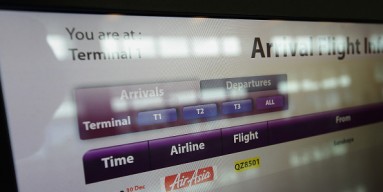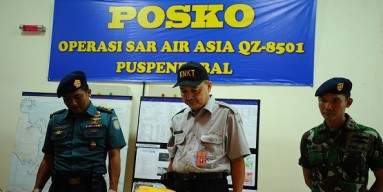About a week after finding and recovering the black boxes from AirAsia Flight 8501, investigators are beginning to put together a solid idea of what led to the demise of the plane. It had been reported almost immediately after the flight went missing that storms in the area and bad weather conditions had prompted the pilot to ask to climb from 32,000 feet up to 38,000 feet but was initially denied. Indonesian officials are now saying that the pilot did climb 6,000 feet in just one minute, and that likely caused the airbus to stall out.
According to aviation officials, a commercial airliner can regularly climb about 2,000 feet per minute. Only fighter jets are capable of safely climbing 6,000 feet within 60 seconds. A regular plane's engine is not built to withstand that sort of adjustment and if Flight 8501 stalled out then it would have flown into the Java Sea without a mid-air explosion. That is something that has also been ruled out due to where the wreckage has been found. Investigators believe that it is close enough together to rule out an explosion — plus, none was heard on the cockpit voice recorder.
As of now, it looks like a combination of deadly weather leading to pilot error may have ultimately led to to demise of all 162 passengers onboard. Ironically, it has been widely reported that AirAsia should not have even had that plane in the air Dec. 28 because it was not allowed to run the Surabaya-to-Singapore route Sundays. Had the airline followed the guidelines that had been laid out for it, then this tragedy would never have occurred in the first place.
Readers: What do you make of the situation? Do you think the above explanation is acceptable? Do you think there was more to this tragedy? Let us know what you think down in the comments section.














